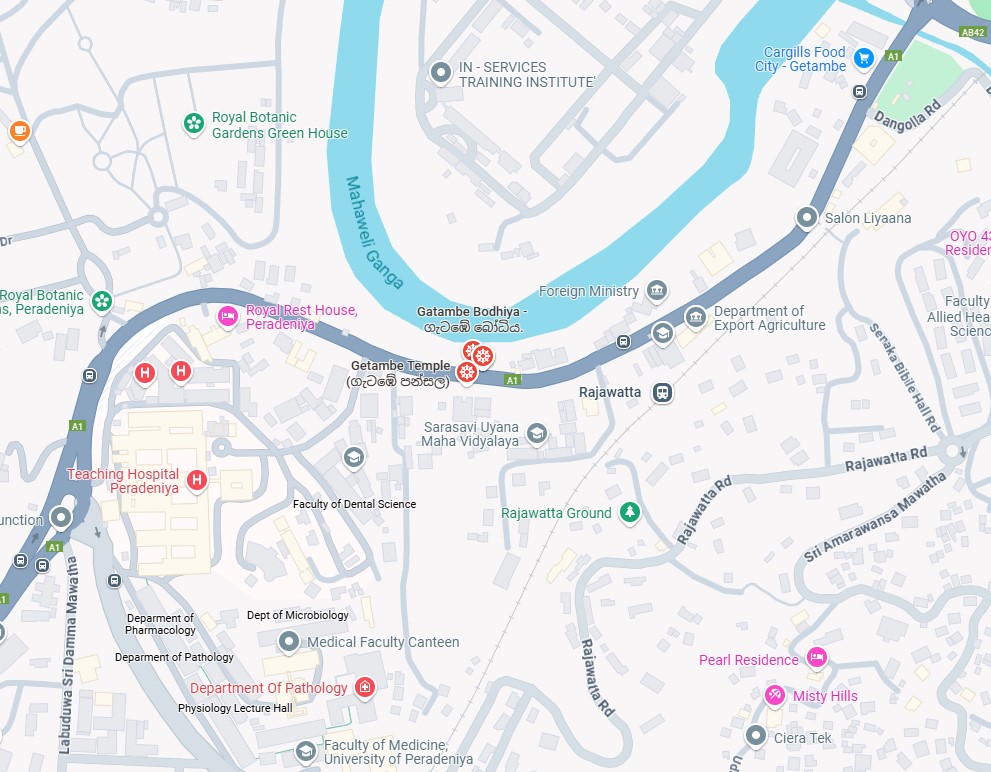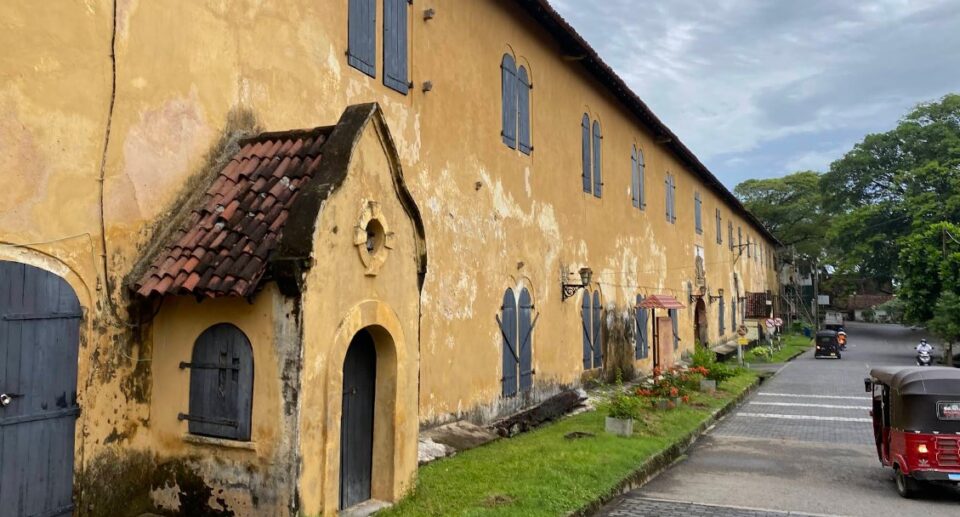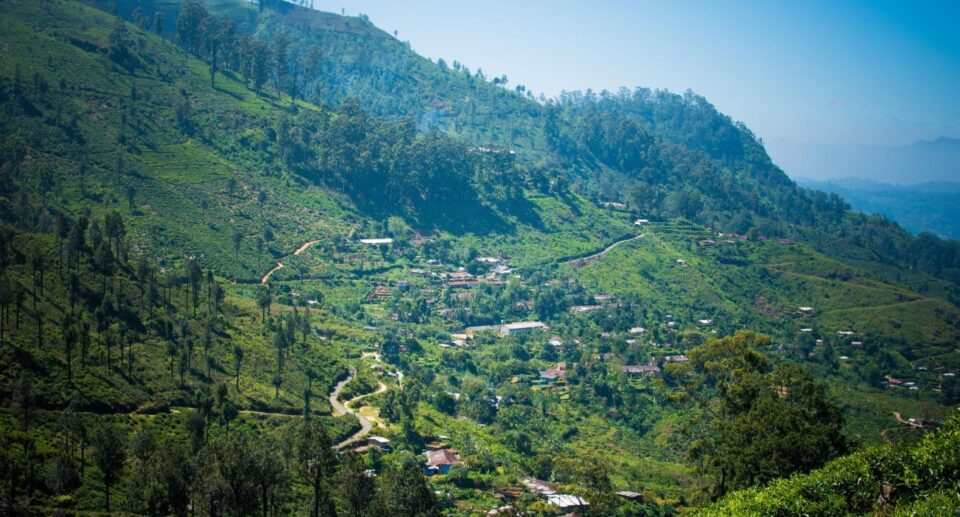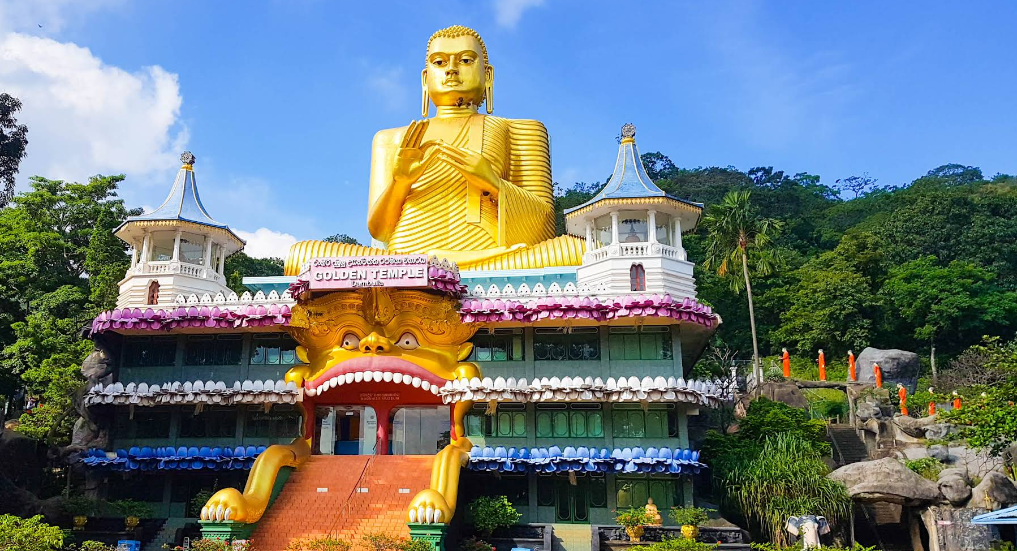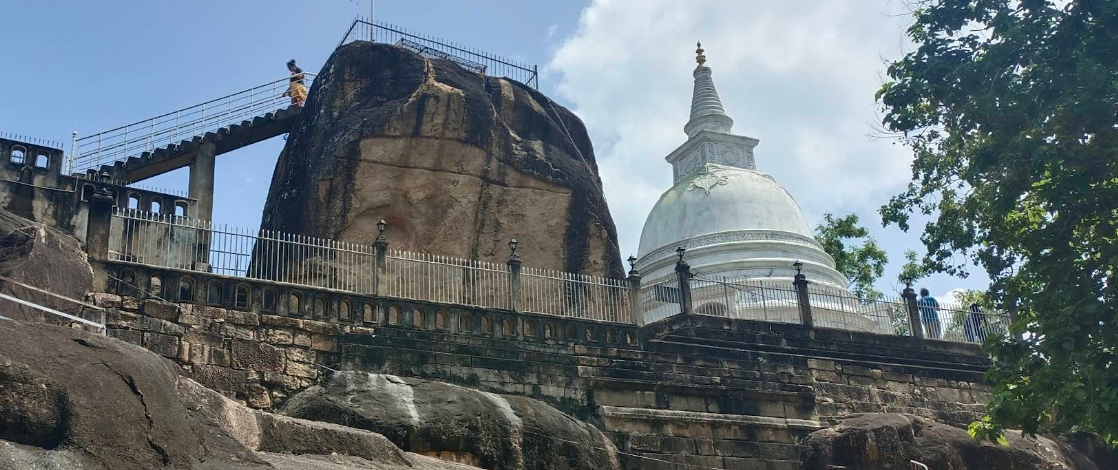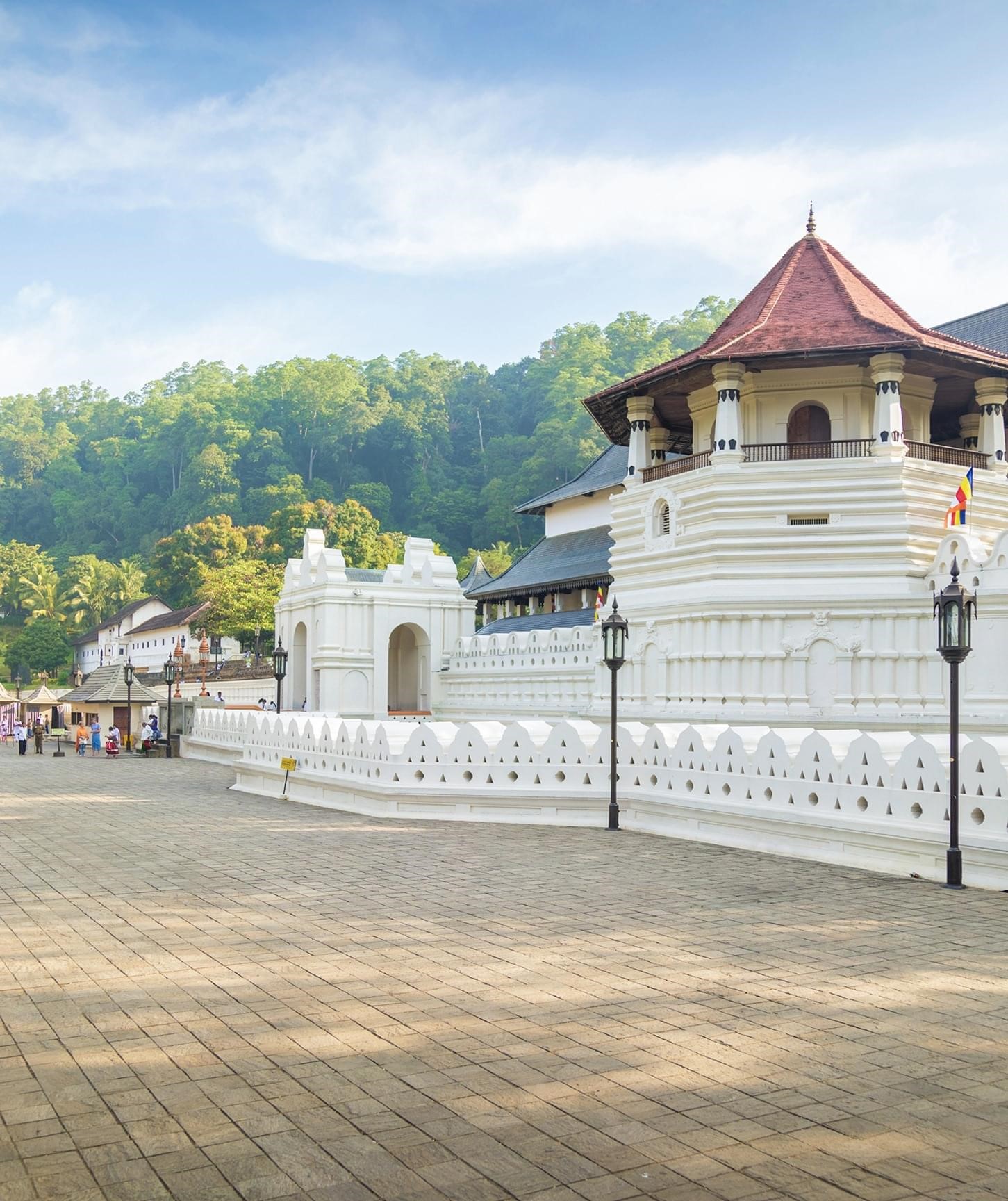Gatambe Temple: A Spiritual Haven in Kandy
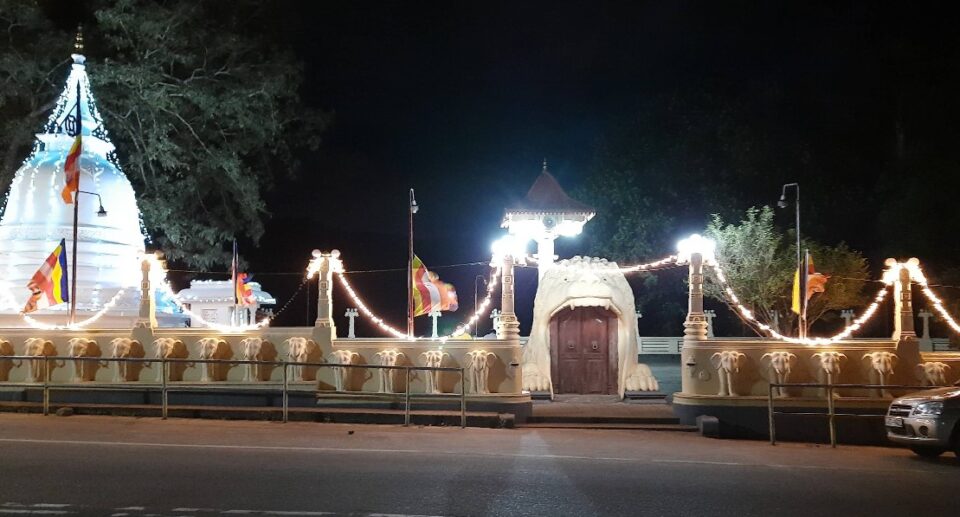
Located in the verdant surroundings of Sri Lanka’s Central Province, Gatambe Temple, also officially known as Sri Rajopawanaramaya, is a revered Buddhist temple in the Gatambe suburb of the ancient city of Kandy. Picturesquely located along the peaceful waters of the Mahaweli River and just a few minutes from the Peradeniya Royal Botanical Gardens, Gatambe Temple is a source of spirituality for pilgrims and travelers. In its synthesis of natural beauty, historic significance, and cultural significance, the temple continues to be a testament to Sri Lanka’s rich Buddhist heritage.
Historical Background
Although not as ancient as some of the other temples in Kandy, Gatambe Temple is of immense cultural and religious significance. Established in the early 20th century, the temple was built during a period of national reawakening, when Buddhism was again becoming prominent after centuries of colonial rule. The temple soon emerged as a center of local devotion, Dhamma teaching, and community activities.
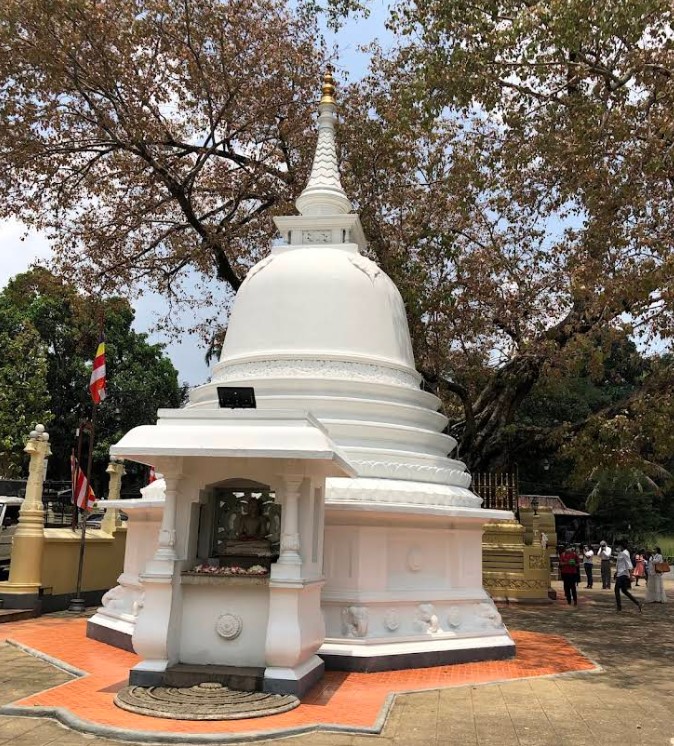
Gatambe’s proximity to key institutions such as the Peradeniya University and the Peradeniya Teaching Hospital has boosted its service to the community further. Many students and scholars of the university visit the temple for blessings, especially during examination times or any other major events in life. With time, the temple became a favorite resting spot for pilgrims along the sacred city of Kandy.
Architectural Features
The design of Gatambe Temple is a blend of minimalist modernity and conventional Sri Lankan Buddhist architecture. The white stupa is the central location of the temple, symbolizing enlightenment and purity. The stupa maintains the conventional hemispherical structure and is surrounded by a circular pradakshina path.
The second major draw is the Bodhi tree, which is purported to be a sapling of the holy Sri Maha Bodhi tree at Anuradhapura. The tree is greatly respected as it is the very spot where the Buddha attained enlightenment. Individuals light oil lamps and leave flowers beneath its sprawling branches, praying for blessings and spiritual strength.
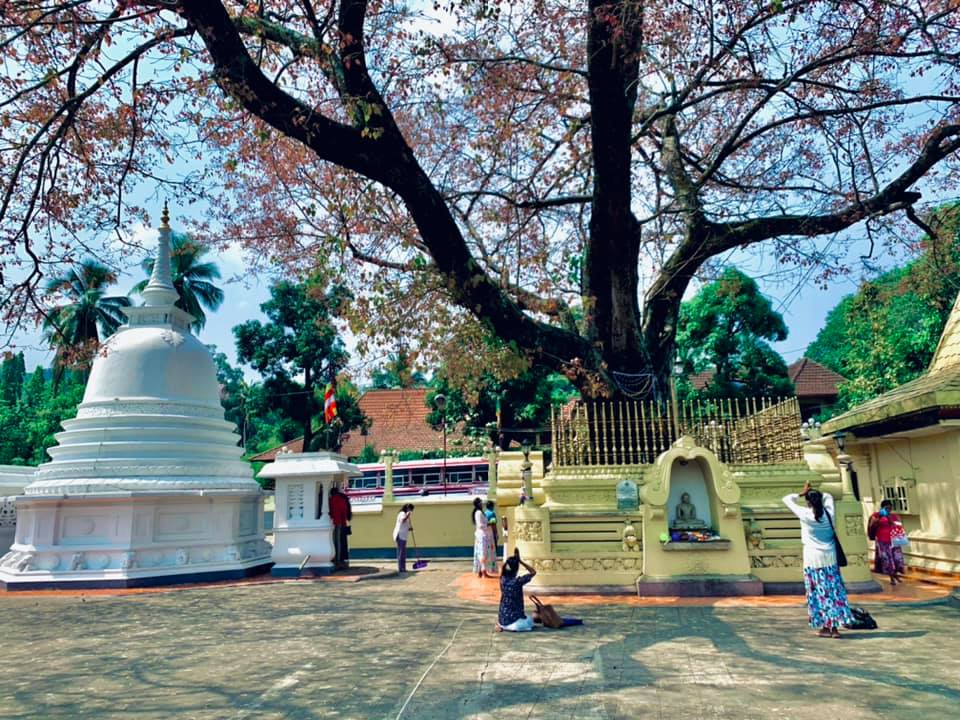
Close to the Bodhi tree is the image house (Vihara Mandiraya), which houses an enormous statue of the Buddha in the meditation position seated. Interior walls are decorated with colorful murals depicting significant events in the Buddha’s life, including the Four Noble Truths, the Eightfold Path, and the Jataka stories histories of the Buddha’s previous lives. The serene expression on the statue creates a sense of serenity and awareness, reflecting the serene atmosphere of the temple to perfection.
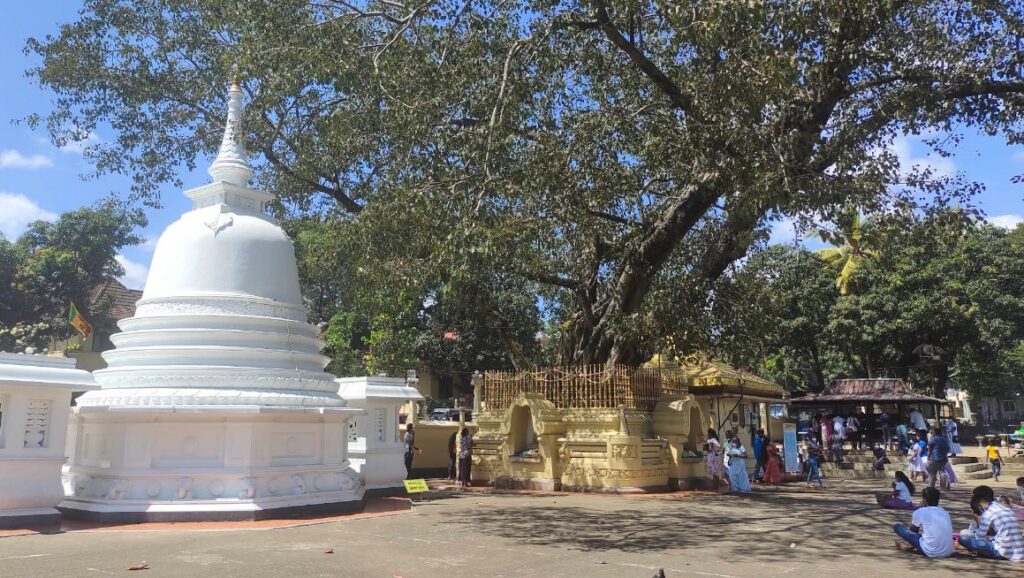
Religious and Cultural Significance
Gatambe Temple is not only a place of worship; it is a living culture center that is part and parcel of the lives of many Sri Lankans. The temple follows the Theravāda school of Buddhism, the most prevalent school in the country. Monks residing in the temple perform daily ceremonies, chanting sessions, and meditation sessions.
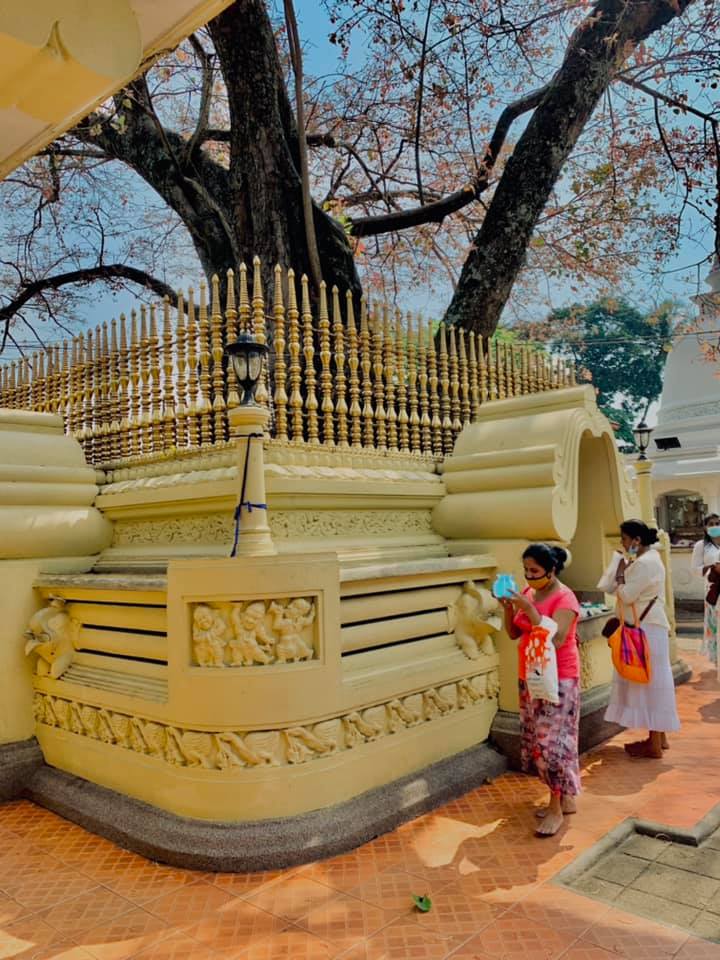
The temple is particularly lively during Poya days (full moon days), sacred in the Buddhist calendar. Scores of devotees visit on these days to observe sil (precepts), listen to Dhamma sermons, and perform acts of merit. The temple also observes Vesak in May, the birth, enlightenment, and death of the Buddha. During these days, the temple is filled with multicolored lanterns and sophisticated light displays, thus becoming a light phenomenon of devotion and faith.
In addition to religious rituals, Gatambe Temple practices Dhamma education for children and youths. Sunday Dhamma schools, or Daham Pasal, are held weekly to teach the fundamentals of Buddhist philosophy, ethics, and Sinhala Buddhist culture. The activities aim to promote moral values and discipline among the young generation.
Community Role
Being a socially oriented institution, Gatambe Temple is a social support system for the surrounding population. It organizes benevolent activities such as alms givings, blood donation camps, and educational sponsorship for poor students on a regular basis. During a crisis floods or the COVID-19 pandemic the temple has mobilized resources to provide food, medicine, and shelter to the affected.
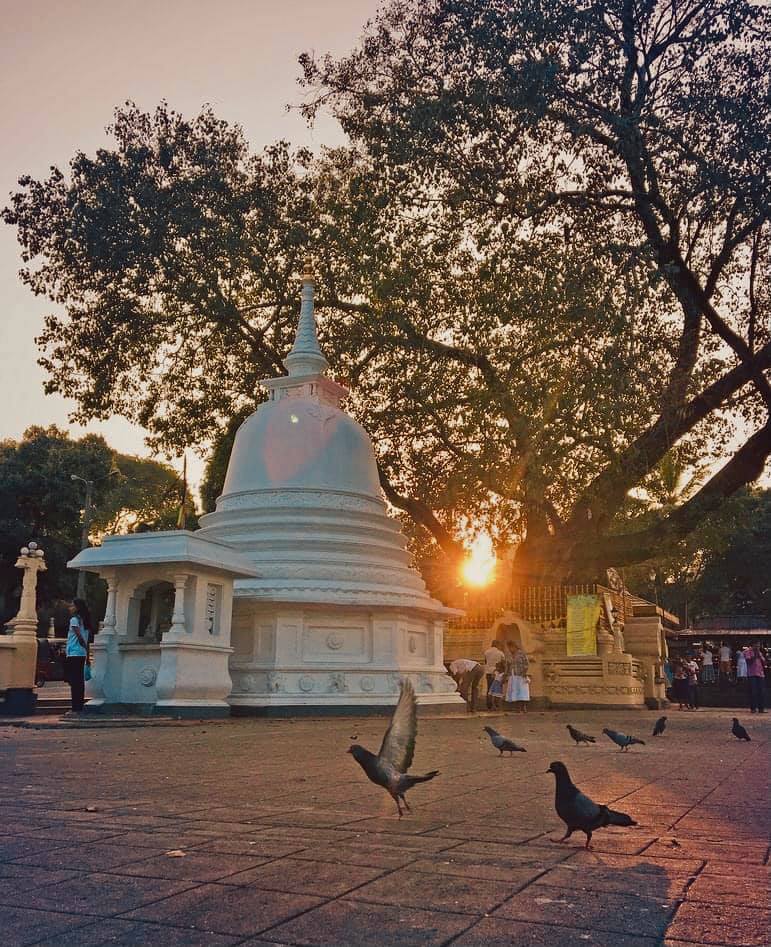
The open and liberal character of the temple creates room for people from all walks of life, foreign tourists, and even non-Buddhists to share in its serenity. Whether one is seeking meditation under the shade of the Bodhi tree or simply enjoying the peaceful surroundings of the temple, Gatambe offers a welcome respite from the madness and din of modern living.
Location and Accessibility
Gatambe Temple is conveniently located on the Colombo–Kandy Road, one of the country’s most populated highways. It is just 4–5 kilometers from the center of Kandy city and can easily be accessed by bus, car, or even on foot for the adventurous. Its proximity to the Peradeniya Botanical Gardens, one of Asia’s leading horticultural centers, makes the temple an easy stop as part of an expanded tour of the area.
The temple’s immediate environs feature greenery, the soothing flow of the Mahaweli River, and vistas of surrounding hills, all of which create its serene atmosphere. The temple grounds are accessible 24 hours a day, allowing devotees to visit at any hour for prayer, meditation, or just a quiet moment of reflection.
Spiritual Atmosphere
Perhaps the most distinctive feature of Gatambe Temple is its spiritual ambiance. The temple is often filled with the scent of incense, the soft light of oil lamps, and the entrancing sound of Pali chanting. These sensory elements create a setting in which individuals are able to detach from their everyday concerns and reconnect to inner realities.
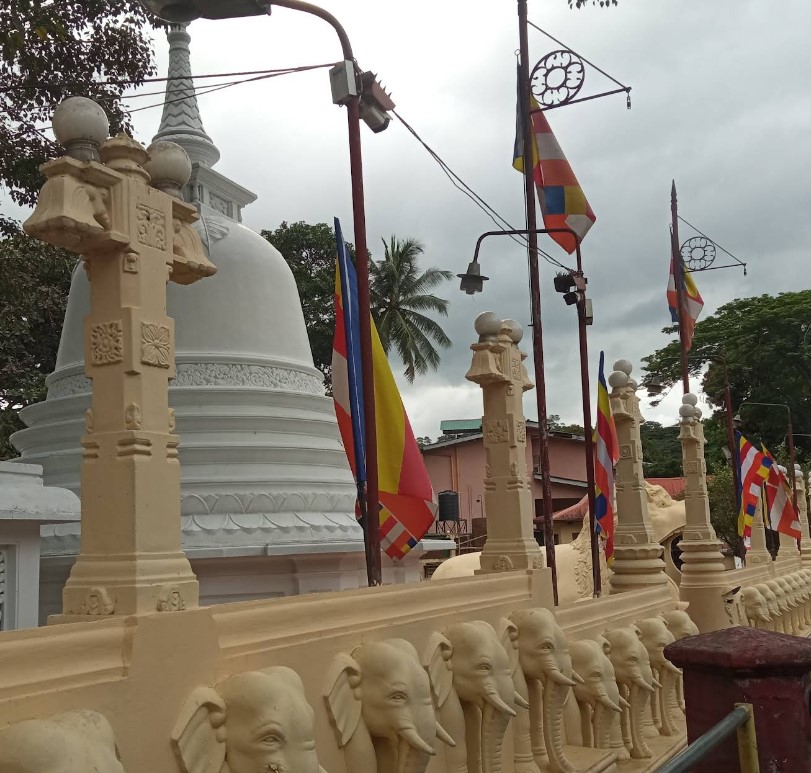
Most visitors comment that they feel a profound sense of calm the moment they step on the temple premises. Sitting quietly in respectful meditation, listening to a sermon of the Dhamma by a monk, or simply walking bare feet along the paved pathways, the mood is one of quiet inner peace and clarity.
Map of Gatambe Temple
